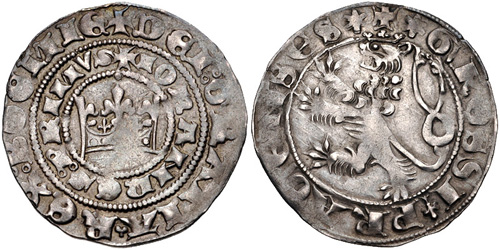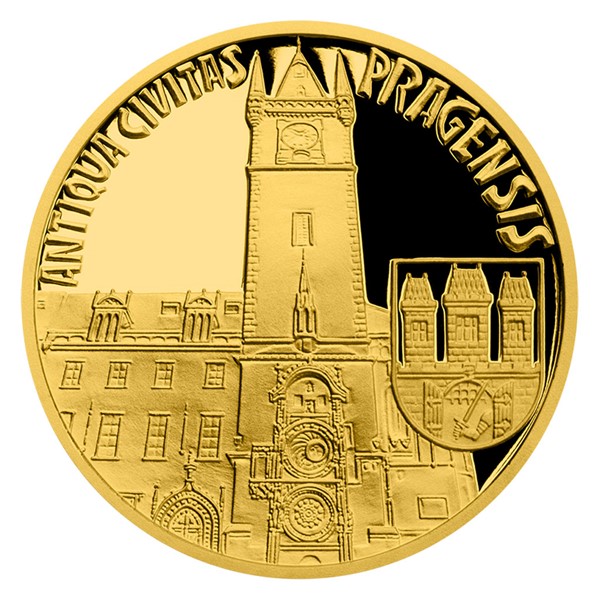Top Reasons To Quality Control Prague Mint Coins
Wiki Article
How Can A Model Of A Plaster Be Used To Create Physical Representation For The Gold Coin?
The process of creating a plaster mold, or "maquette" based on a gold coin or medal design is a process that involves a number of steps to transform the two-dimensional model into a 3D physical representation. Initial Design Reference- The artist or designer uses the design of the gold coin or medal to serve as a reference. The design could be a simple sketch drawn with a pencil, or it may be an image created digitally using graphic software. Other materials, such as clay or wax, can be used.
Plaster Preparation: The plaster is mixed with water to create a smooth consistency that can be worked. The mixture should be smooth with no lumps for the best mold.
The Base- A base or platform is created in which the maquette is formed. This base could be a flat wooden surface, or an actual board.
The artist will start by sculpting a maquette using the gold design. This is the process of creating a three-dimensional or relief image of the coin.
Detailing, Refinement and Accuracy- The artist is focused on adding the details and refining contours. They also ensure accuracy with respect to proportions. This process demands precision and a keen eye for particulars.
Allowing time for drying and setting After the sculpting procedure is complete, the plaster needs to be allowed to set and dry. The maquette will set and hold its shape.
Finishing and Smoothing The maquette's surface gets later polished and refined following drying to remove imperfections rough spots, bumps, and imperfections.
Sealing and Preserving- To protect and preserve the maquette and to prepare it for other processes like scanning and molding, apply a protective or sealant layer on the surface.
The final model of the maquette is the gold coin or medal design in three-dimensional format. It's used as a reference to physical objects for further stages in the process of making including scanning to create digital replicas, creating molds for mass production, or as a model to allow artists to visualize and refine the design prior to production. See the recommended Czechoslovakia gold medals plaster molds website info. including gold angel coin, price of 1 oz of gold, $5 gold coin, price of 1 oz of gold, gold medals michael phelps, gold coins, gold penny, kruger rand, price of gold 1 oz today, one oz of gold and more.

How Can Highly-Skilled Engraving Artists Improve The Look Of Coins And Gold Medals?
Engravers with high levels of expertise are crucial in making improvements and refinements to the design of gold coins or medals. They do this by working on the die or working the hub. They can add intricate details and improve the design by applying their expertise. How did they accomplish this? Evaluation of Working Hub
The first step is to evaluate the die or hub that was made from a master hub or by using the Janvier Machine. They evaluate the quality of the transfer and depth.
Correction of Imperfections
Engravers address any imperfections or inconsistencies within the transfered design. They may employ precision tools to fix minor errors, adjust the depths, or rework certain elements to ensure consistency.
Enhancing Details -
Engravers can provide fine specifics to a design by using specialized engraving equipment like burins or a pneumatic engraving machines. They cut or engrave into the surface of the hub to create fine lines, textures or lettering according to the requirements of the design.
Depth and Dimensional Enhancement
Engravers manipulate depths and contours in order to create visual depth. This is accomplished by skillfully changing the thickness of cuts to emphasize specific elements and create a sense of realism or texture.
Texture and finishing touches-
Engravers can add texture or even finishes to certain areas of the design, which can enhance the aesthetic appeal. To create various surface textures techniques such as stippling, frosting or shading can be used.
Inspection and Quality Control
The engravers inspect and check the design throughout the entire engraving process to make sure that it meets the desired standards of accuracy, clarity and aesthetics.
Collaboration and artistic interpretation
Designers and engraving artists often work together to achieve the best possible interpretation of the design. Their artistic skill and interpretation can enhance the design by introducing subtle nuances or refining details based on artistic vision.
Highly skilled engravers are able to manipulate metal surfaces with precision and artistry. Their skillful craftsmanship and attention to detail enhances the look of gold coins or medals making sure that the finished product is reflective of the aesthetics and the highest quality standards. Take a look at the top rated Czechoslovakia gold medal engravers more advice. including 1 ounce gold, gold and silver buyers near me, buy gold coins near me, gold coins for sale, gold american eagle price, today's 1 oz gold coin price, 1 oz gold coin, guardian angel coin, gold coins and bullion, sacagawea gold dollar and more.

How Do You Make And Weigh Gold Blanks For Minting?
This process is carried out to create gold coins and medals that are of the highest quality. The preparation procedure for gold blanks is described below. The refinement process is generally to meet the purity standards for coinage.
Gold Blanks Production-Gold can be made into blanks using a method called blanking, or blank-cutting. Blanking involves the cutting of discs and planchets of the size of coins from gold by using special equipment.
Accurate Weighing and Measuring
Weighing- Each blank is weighed individually to make sure it is in compliance with the weight requirements for the medal or coin. This procedure ensures that the coin or medal has exactly the right quantity of gold.
Measuring. Instruments that are precise are used to measure the height, diameter, and dimensions of each blank. This ensures consistency and conformity to the specifications of the design.
Quality Control and Inspection
Visual Inspection Each piece is scrutinized visually for imperfections in the surface, irregularities, and impurities. These may have an impact on the quality of the final product.
Rejecting Blanks That Are Not CompliantBlanks are rejected when they are not in compliance with the weight, size, or other quality standards. This is done in order to maintain uniformity and a consistent quality.
Justification for the necessity of
Consistency in the Minting Process A precise measurement and weighed blanks ensure uniformity. Consistency is the key to achieve uniformity during the process of striking, which means that medals and coins that are of the same quality.
Accurate Weight of Gold Each blank is precisely weighted, which assures quality and purity.
Preventing Variations Uniform blanks prevent variations in weight and size, which could impact the worth of the medal or coin and its legality, or the ability to be used in commerce or circulation.
Quality Assurance - Strict control measures are taken in the process of making blanks to ensure only the best quality blanks. free of defects, go through the process of minting which reduces the risk of flaws appearing in the final products.
Legal Compliance. When it comes to coins intended for circulation or even for commemorative use it is crucial to comply with the requirements. This will ensure they comply with all legal requirements as well standards established by regulatory bodies and mints.
Preparing gold blanks of high quality and consistent are crucial steps during the coining process. They guarantee the production and accuracy of gold coins that are high-value and medals. Check out the top rated gold blanks for Prague Mint gold medals site examples including buy gold and silver, 1979 gold dollar, gold eagle, buy gold bullion, 1999 gold quarter, one ounce of gold, gold biscuit buy, buy gold coins near me, gold bullion coins, one oz of gold and more.

What Is The Reason And How Do Limited Edition Gold Coins, Or Collectible Gold Coins Individually Identified?
This helps guarantee authenticity, exclusivity and to boost the value of collectible or limited edition gold coins. Find out why and how numbering happens.
Sequential Numbering: Each coin in a limited-edition or collectibles collection has an unique, typically an engraved number. The number indicates the location of the coin within the collection.
Certificate of Authenticity - The coin might come with a distinctive authentic certificate. This certificate confirms the coin's genuineness, giving specifics like the amount of metal used, the minting data, and the exact series.
Why Number Coins Individually?
Authenticity Assurance- Individual numbering provides a clear and verifiable way to confirm the authenticity of the coin within the limited series. Each number is an unique identification that ensures that the coin belongs to the authorized series.
Exclusion and rarityCoins with limited editions and unique numbers are regarded as being more rare and exclusive. Numerous coins are sought-after by collectors due to the limited availability. This increases their value.
Coins with numbers create a collector's appeal that allows collectors to follow and highlight specific numbers within a series. Significant numbers or those with lower values in the sequence might be considered to be more desirable or desirable.
Collector Engagement - Individual numbers encourage collectors to finish sets or purchase specific numbers. Collectors can seek out specific numbers based upon their own preferences or important milestones.
Value and Potential for Resale- Coins that have unique numbers have higher values in the second market, particularly if they are scarce or are part of an exclusive collection. Collectors appreciate these coins due to their rareness.
Documentation and tracking- The numbering allows for the simple tracking of every coin's history, and also helps verify the authenticity of the coin.
Mints or issuers create exclusiveness and enhance the appeal of collectible or limited edition coins by individually numbering them. This is a way to prove authenticity and increase their value to collectors who are looking for unique or valuable items. These numbered coins often hold special significance and value in the world of numismatics. Read the recommended Prague Mint gold coin numbering blog recommendations including congressional gold medal, $5 gold coin, 1 10 oz gold eagle, $50 gold piece, golden dime, silver double eagle coin, buy gold coins, $5 gold piece, 1 ounce of silver, sacagawea gold dollar and more.
